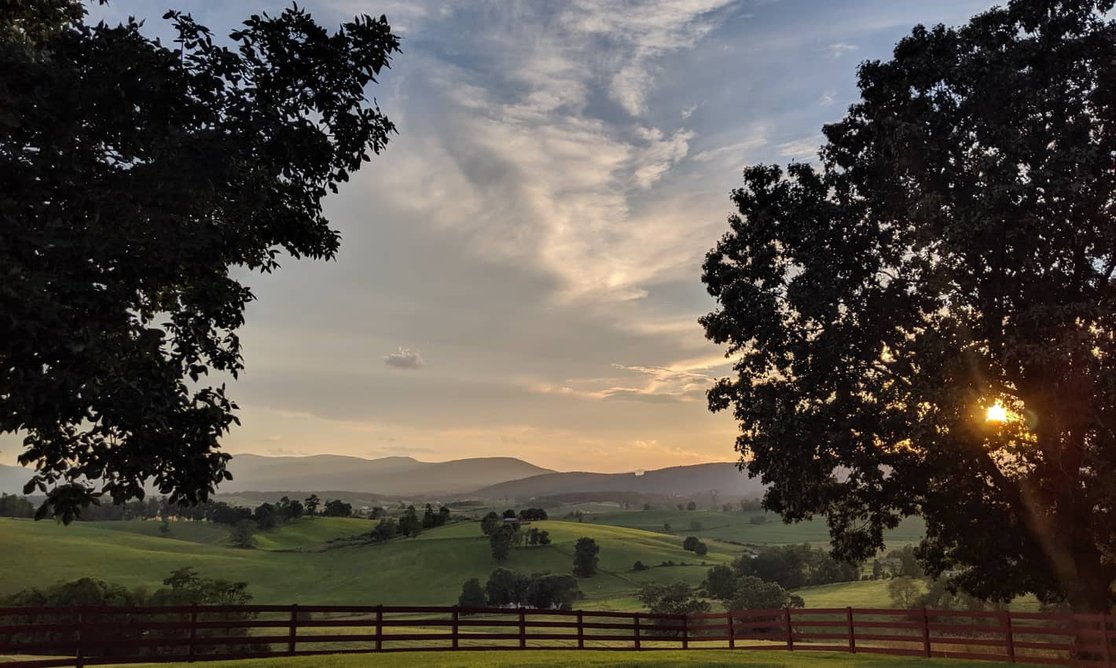- US farmland is, by its very definition, limited in supply. Demand for food supply is expected to grow considerably.
- Even though prices has levelled off recently, farmland has attractive fundamentals for the future.
- Find out how you could invest in this asset class without actually owning a farm.
Take a drive through the Midwest, and you'll pass through countless miles of farmland. The Dakotas, Iowa, and Nebraska are home to some of the most viable and fertile farmland in the world, accounting for a significant portion of global food production.
But you'll notice a consistent theme ― there are very few "For Sale" signs on the sides of the road. So, is there any farmland for sale? And if there is, can investors with no farming background purchase farmland?
The short answer is yes. But the more pertinent question is this: is investing in US farmland a good idea?
Recently, Bill Gates made headlines because of his land acquisitions, making him the biggest holder of farmland in the continental US. [1] Back in 1986, the world's most successful investor, Warren Buffett, gained notoriety for his purchase of a 400 acre farm in Nebraska. His investment outperformed expectations, even in the wake of severe crop losses. [2]
So if it's good enough for the Sage of Omaha, is it a good investment for your portfolio? How do you even start investing in this asset class? Let's find out.
Why invest in US farmland?
The global population continues to grow and, by 2050, global food demand is expected to be significantly higher than it is today. [3] Farmers will need to dramatically increase food production to meet this demand, making farmland a critical requirement for future food security.
As a result, US farmland is possibly one of the most important global resources. Since there's a limited supply of farmland, the market's dynamics suggest that increased demand translates to a higher asset price.
But there are other forces and inputs affecting the supply and demand equilibrium.
The US is losing farmland and fertile soils at an alarming rate. 31 million acres of farmland have been lost to development, mostly residential, between 1992 and 2012. To put that into perspective, that is 175 acres per hour, or 3 acres per minute. [4]
Coupled with the fact that the average age of a farmer in the US is 57.5 as of 2019, there is likely to be tremendous pressure on the market and food output over the next three decades. [5]
As farmers retire, that land must be sold to people that can keep its productivity going ― and that spells some serious investment opportunity.
How to invest in US farmland
There are various ways to get exposure to this asset class. Thankfully, not all of them involve buying and operating a farm!
Buy US farmland
Purchasing US farmland outright isn't as easy as you might think. It isn't the same as getting a mortgage on your home.
You'll have to put a sizeable down payment on the deal, along with higher interest rates applied to its financing. In addition, you'll need to pay off the farmland in three to five years.
If you're going to purchase farmland, the most effective method is through an all-cash deal. Unfortunately, most investors don't have millions to put into a single asset.
Farmland-focused REITs
A Real Estate Investment Trust (REIT) is a great way to get exposure to US farmland appreciation and productivity.
REITs invest in a portfolio of farms, returning profits from the investment in the form of dividends. Investing in a farmland REIT means you get all the advantages of owning agricultural land, but without the responsibility of managing it. Find out more about how they work in this asset guide.
Crowdfunding and marketplaces
Crowdfunding investment models are becoming a popular means of gaining exposure to the potential appreciation in US farmland.
Companies like FarmTogether, FarmFundr, and AcreTrader offer you the opportunity to get involved in an investment that provides the benefits of a cash yield on your investment along with capital appreciation on the land. In the crowdfunding model, you invest alongside a community of investors that all see the same value in the asset. Since these services are typically restricted to accredited investors, they're not for everyone.
Pros and cons
Pros
- Prices nearly tripled in value since the mid-’90s. Though prices have plateaued over the last 5 years, population trends suggest continued upside.
- Value outpaces inflation, with potential for significant increase in value.
- Tangible, real asset relative to stocks and other paper assets, which tend to be more volatile.
- Provides significant tax breaks.
Cons
- US-based asset means investment value will decline if the US dollar experiences significant inflation or depreciation.
- Climate change and shifts in growing zones over decades also present a significant risk of losing viable farmland
- Less liquid investment and not as easily tradable as stocks.
Verdict
US farmland is a tangible investment with a strong track record which is expected to continue to appreciate given population trends and the increasing demand for food.
It is a good investment if you want to diversify your stock or retirement portfolio. However, given it’s not as easily tradable, like stocks, bonds, or other financial assets, it’s probably not a good investment for a new investor.
New investors looking for a stable asset to add to their portfolio can still get into farmland via REITs, and if accredited, via FarmTogether, FarmFundr, AcreTrader, and similar.
Article sources
1 Financial Times. "Bill Gates’ farmland buying spree highlights investment appeal, https://www.ft.com/content/d158779e-368b-482b-9734-b06cf7fde382". March 29, 2021.
2 CNBC. "Berkshire Hathaway CEO Warren Buffett Reveals His Best Investment Ever, https://abcnews.go.com/Business/berkshire-hathaway-chairman-billionaire-warren-buffett-breaks-rules/story?id=22652071". February 24, 2014.
3 World Resources Institute. "How to Sustainably Feed 10 Billion People by 2050, in 21 Charts, https://www.wri.org/blog/2018/12/how-sustainably-feed-10-billion-people-2050-21-charts". December 5, 2018.
4 Modern Farmer. "10 Numbers That Show How Much Farmland We’re Losing to Development, https://modernfarmer.com/2018/05/10-numbers-that-show-how-much-farmland-were-losing-to-development/". May 22, 2018.
5 Farm Progress. "Average age of U.S. farmer climbs to 57.5 years, https://www.farmprogress.com/farm-life/average-age-us-farmer-climbs-575-years". April 11, 2019.


